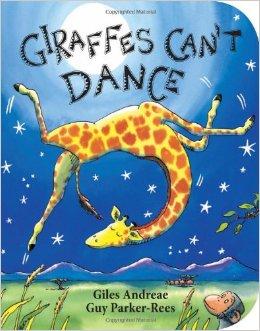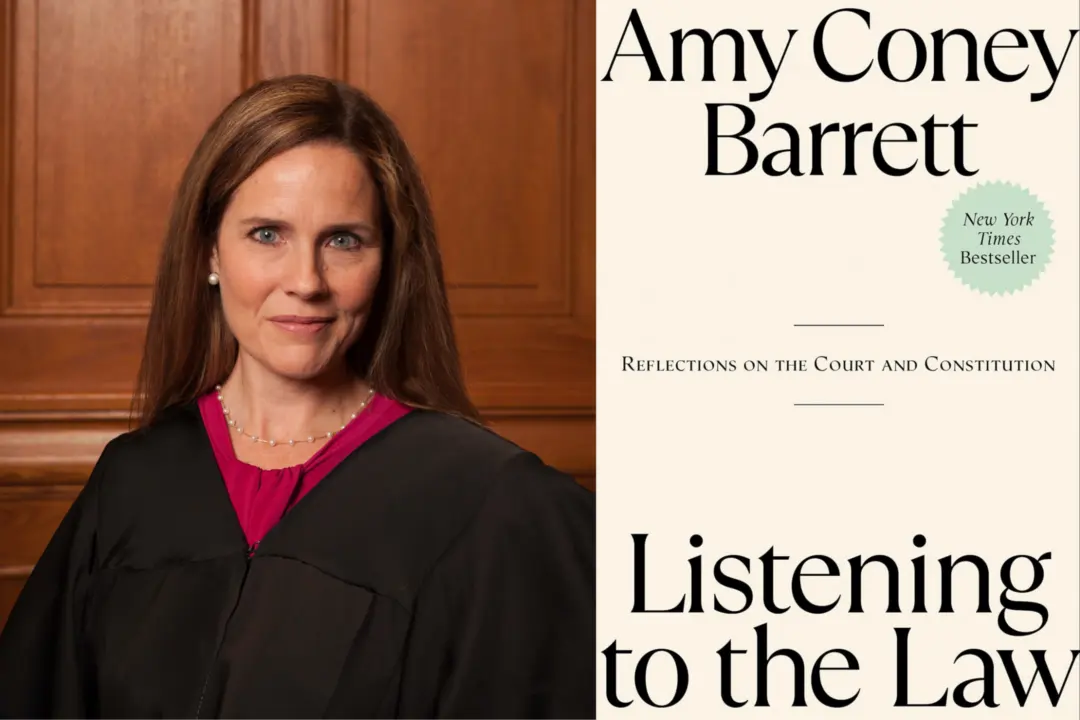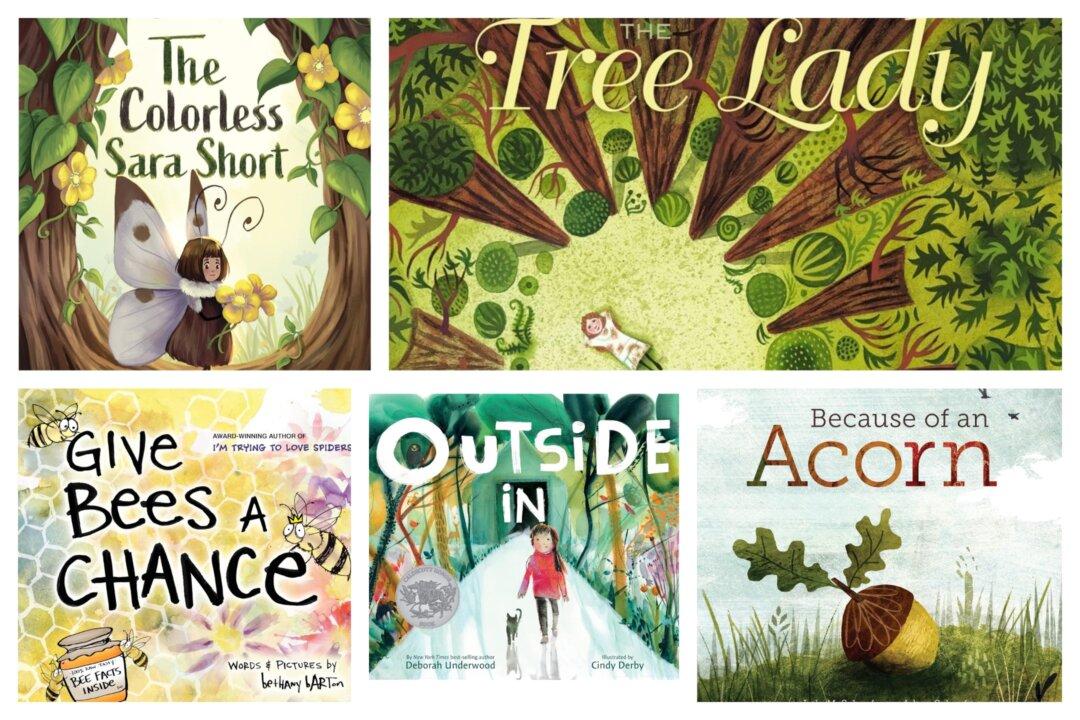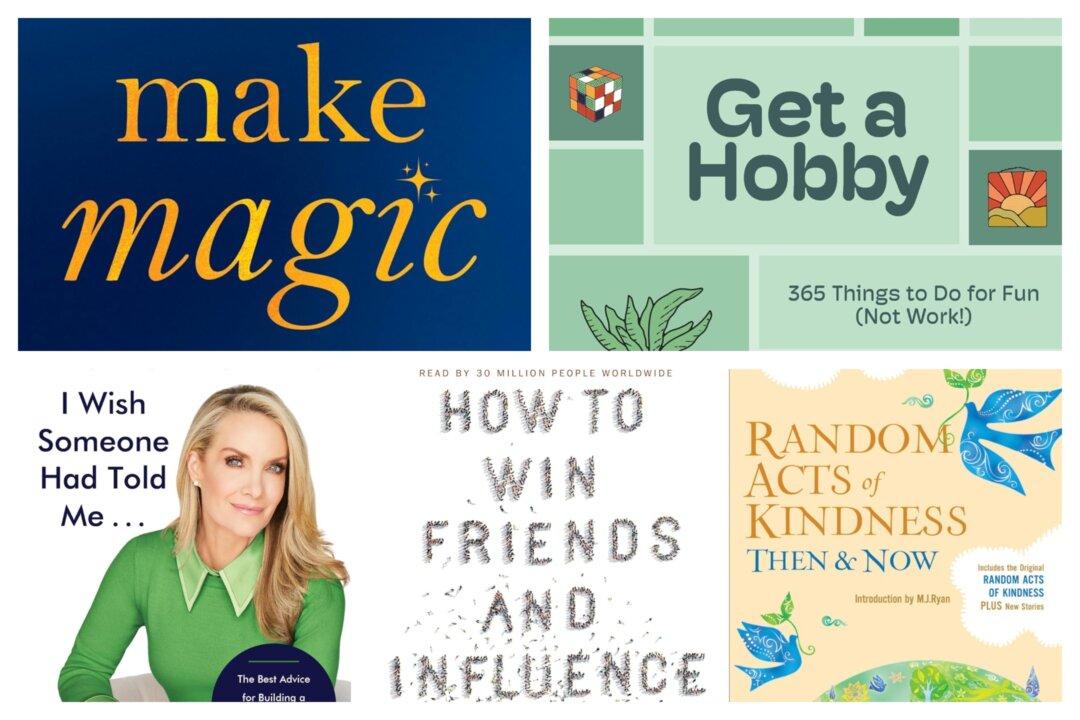School is rapidly approaching and most children have mixed emotions about returning. They may feel excited, scared, nervous, and so on. A good number of children might be fearful about how they will act if they encounter difficult situations.
Here is where children’s literature can really help. Many children’s books show characters responding to difficult situations in a positive way. As Dr. Seuss said, “You have brains in your head. You have feet in your shoes. You can steer yourself any direction you choose.”
Below are a few books that give children the tools to practice positive self-talk.
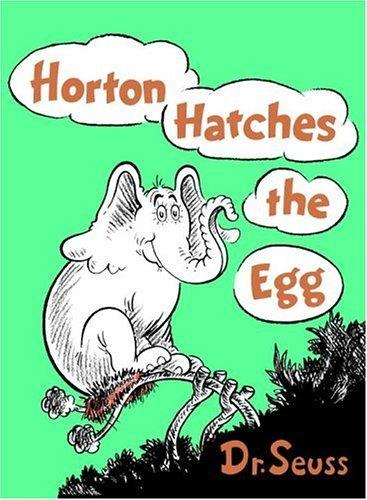
Random House Books for Young Readers

